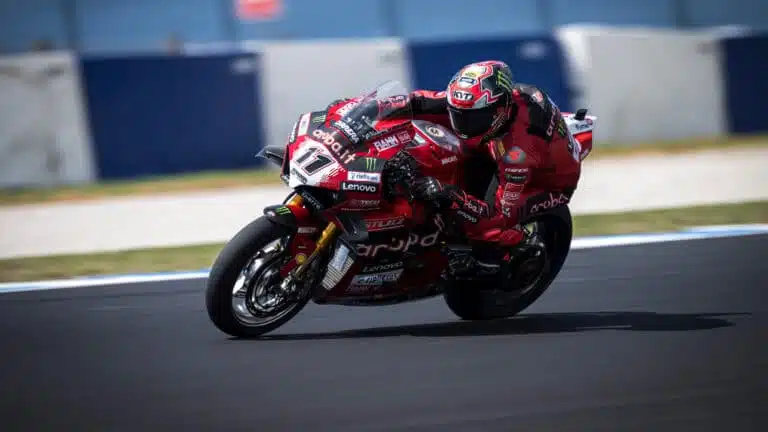Unraveling the Deployment: The Persistent Problem of the Mercedes Engine that Deprived Aston Martin and Fernando Alonso of 160 HP in a Sea of Competition

In the competitive world of Formula 1, even the smallest technical problems can make the difference between success and failure. One of these recurring issues has been the deployment of the Mercedes engine in the Aston Martin car, a matter that has directly impacted Fernando Alonso’s performance. In the recent Qatar GP, this problem left Alonso without crucial 160 HP at various stages of the race, exposing him to losing positions in a fierce pack. Exploring the causes and impact of this phenomenon reveals the challenges faced by Aston Martin in the championship.
In the turbulent world of Formula 1, technical problems can be the difference between victory and oblivion. The “deployment,” a recurring failure of the Mercedes engine in the Aston Martin AMR24, surprised Fernando Alonso once again during the Qatar GP. This technical problem resulted in a loss of 160 horsepower, leaving the driver at a disadvantage against the rest of the competitors. Alonso, who started from eighth position, found himself thwarted as his car lost ground. This article breaks down how the lack of deployment affected his performance, as well as Aston Martin’s hopes in the constructors’ championship.
The Impact of ‘Deployment’ on the Aston Martin AMR24
The term “deployment” refers to the deployment of electrical energy through the energy recovery system (ERS) in the race cars. In the case of the Aston Martin AMR24, this problem has been especially detrimental. During the Qatar GP, Fernando Alonso started in eighth position only to see how he lost three places due to this technical failure.
Despite starting well positioned, the lack of electrical power left the Spanish driver vulnerable against competitors like Hamilton, Magnussen, and Tsunoda. In a highly competitive environment, technological advantage is crucial, and for Aston Martin, the deployment problem has resulted in a noticeable disadvantage.
Explanation of the Technical Problem
As Alonso explained, the problem lies in that, even though adjustments are made, the car gets “confused” during the first laps after a safety car, believing it is still behind the safety car. Thus, when the drivers accelerate after the green flag, electrical power is not immediately available, leaving the car with a loss of 160 HP in critical situations.
Challenges and Solutions: Fernando’s Resilience in Qatar
The complications that Fernando Alonso faced in Qatar were significant. Watching your rivals overtake you without being able to do anything must be frustrating, even for a driver of his caliber. However, the unforeseen situations and retirements during the race led to an alternative strategy that Aston Martin was able to capitalize on, allowing Alonso to climb back to finish seventh.
This outcome was the best obtained since the Singapore GP, and although it was not enough to erase the problems experienced, it at least provided a respite for the team and left Aston Martin in a stronger position in the constructors’ championship standings.
Looking to the Future: Potential Solutions for 2026
With an eye on the future, especially in the 2026 season, it is expected that energy deployment will improve with Honda’s arrival as the new engine supplier for Aston Martin. This change promises to definitively eradicate the deployment problem, giving the British team a tangible opportunity to compete at the highest level.
The commitment of the technical team will be crucial to ensure that the AMR24, and its successors, are sufficiently robust to meet the demands of modern Formula 1, and that drivers like Fernando Alonso do not find themselves at a disadvantage in critical situations again.
The Impact of ‘Deployment’ on the Performance of Fernando Alonso and Aston Martin
The deployment problem is a technical challenge that has plagued Aston Martin and its star driver, Fernando Alonso, throughout the season. This term refers to the inefficient delivery of electrical energy through the energy recovery system (ERS) of the Mercedes engine. This inconvenience, although recurring, had a significant impact at the Qatar Grand Prix, where Alonso temporarily lost up to 160 HP, leaving him vulnerable amidst a frantic competition.
The deployment has been a crucial factor behind the team’s fluctuating results throughout the current championship. The loss of power at critical moments in the race, such as during restarts after the safety car, has hindered Alonso’s ability to defend his position in the pack. This weakness became notably evident in Qatar, where Alonso, after a complicated start, had to deploy a masterful strategy to regain ground and finish seventh.
Despite these technical challenges, Alonso has shown an impressive level of adaptability and tenacity, securing valuable points for Aston Martin in the constructors’ championship. His ability to maximize the performance of the car, despite the persistent issues with the engine, has been irrefutable proof of his experience and talent as a Formula 1 driver.
Looking to the future, Aston Martin is focused on resolving the deployment issue, hoping that the future partnership with Honda in 2026 will bring a more reliable engine system. Until then, the British team will need to navigate these challenges carefully, optimizing their race strategy while tirelessly working on the technical development of their car. The story of Alonso and his battle against engine problems is a testament to the complex and technically demanding world of Formula 1.




